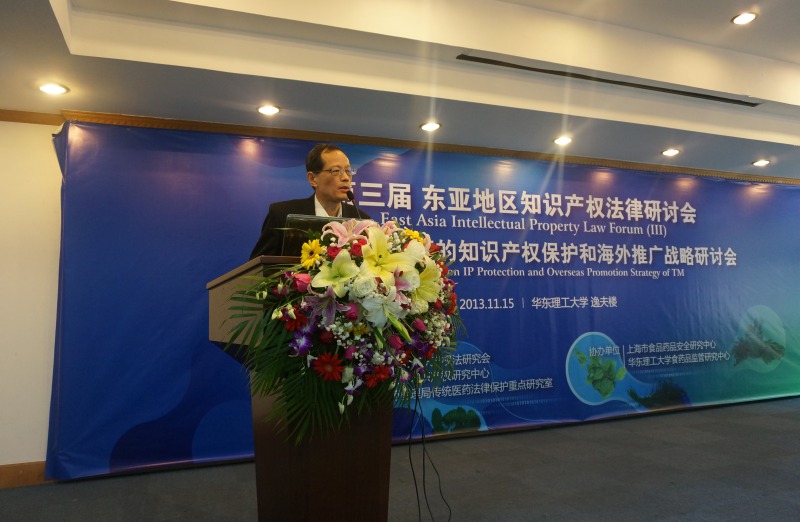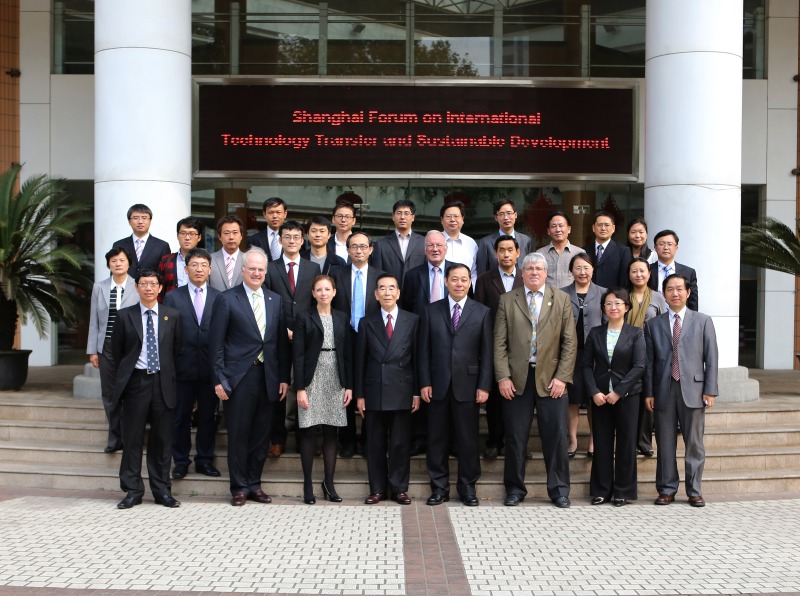Scientist Found New Oryza Sativa Genes
Chinese scientists recently foundgene GS2 which could improve the output dramatically. Through field testscientists found that this gene could increase production to 9.5 percent. Thisresearch was conducted by Qian Qian research group from China National RiceResearch Institute and Li Jiayang research group from Institute of Genetics andDevelopmental Biology, Chinese Academy of Sciences. The research has beenpublished on Molecular Plant.
According to the introduction of HuJiang who is one of the authors of the paper, the (TKW (thousand kernelsweight) of common oryza sativa ranges from 25g to 30g, however the TKW of‘baodali’ (a local oryza sativa in Zhejiang Province) is up to 48g. Theresearcher found a rare dominant mutation—AA at GS2 locus on Chromosome 2through the way of map-based cloning. Doctor Hu said that they localized thegene GS2 firstly, then found a rare mutation. The GS2 is common but thedominant mutation is uncommon. All the rice have gene GS2, but most of them arerecessive gene—aa which block the production increasing effect. The mission ofbreeding is to introduce the dominant genotype rice varieties and increasingproduction. Studies have shown that GS2 dominant mutations can promote celldivision and growth of rice glumes, eventually led to the spike length, grainweight, thus increasing production.
Qian’s team, Li’s team and Zhu’s team fromChina National Rice Research Institute had been found gene GL7 which coulddramatically improve the exterior quality of oryza sativa and set forth itsregulatory mechanism. The result has been published on Nature Genetics. DoctorQian introduced that good quality and high yield the eternal themes ofagriculture. The production and quality were determined by many genes. Themission of researcher was excavating new genes from genetic resources. Gene GL7could improve quality while GS2 could dramatically increase production. Thesegenes would play an important role in oryza sativa production in the next fiveto ten years.
Time: 2015.9.21
Source: China Food Newspaper
next:Revealing Gene Variations Associated with Chinese Adolescent Scoliosis


